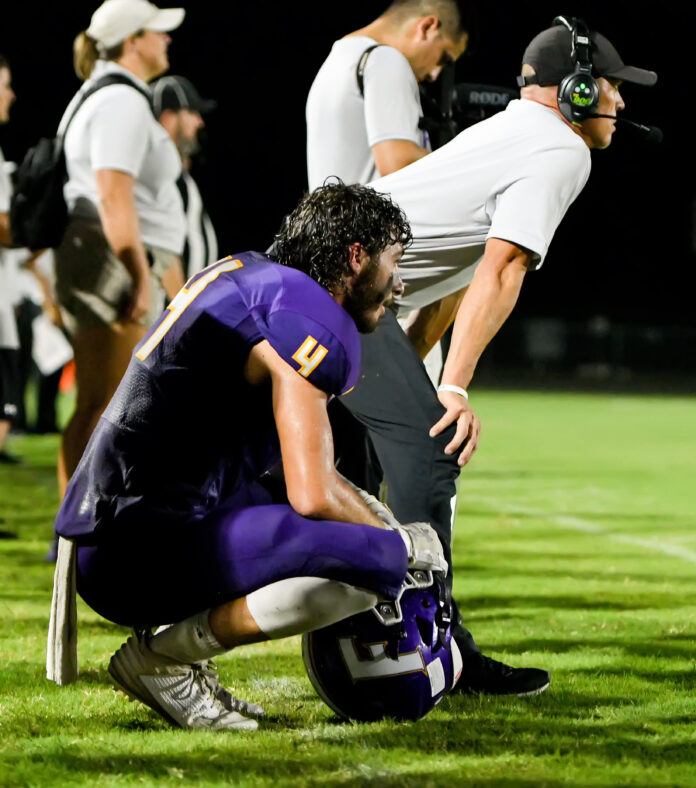AUBURN UNIVERSITY, Ala. – With fall nearly one month away, the temperatures of late summer are not letting up anytime soon. Adding that to an average annual humidity of more than 85%, the struggle is indeed real for Alabama residents. Many Alabama high-school and recreational-league athletes have already made their return to the playing surface. It is important that coaches and parents alike ensure young athletes stay hydrated as they participate in their athletic activities.
“Water is the single most important nutrient needed by young athletes,” said Helen Jones, an Alabama Cooperative Extension System human sciences regional agent. “It is important for them to drink enough fluid to reduce the dangerous risks of dehydration.”
It Happens More Quickly Than You Think
In an average daily routine, the human body can lose up to half a gallon of water each day. However, young people that are actively practicing and playing a sport can lose much more.
“Young athletes are not as efficient at regulating their body temperature as adults are,” Jones said. “Because of this, they risk overheating and the consequent onset of heat-related illnesses.”
If not properly hydrated, some of the illnesses that could occur are heat cramps, heat exhaustion and heat strokes. Read more about these illnesses in the Alabama Extension Emergency Handbook at www.aces.edu/blog/topics/emergency-handbook-home-family/excessive-heat/.
To avoid these illnesses, coaches should constantly watch their players for signs of dehydration. The first symptom is fatigue. Other symptoms can include thirst, headache, dry mouth, lightheadedness, weakness and muscle cramps. While thirst is a symptom, Jones said people should not wait until they are thirsty before drinking water.
“Thirst is not a good indicator of the need for water intake, because when doing physical activity, the body reduces the thirst mechanism,” Jones said. “When people are thirsty, their fluid stores have already been depleted, and the early stages of dehydration are apparent.”
Tips for Battling the Heat
It is no surprise that the body loses more water when temperatures are higher. For outdoors sports – like football and soccer – young athletes are practicing and playing in the heat for often hours at a time. Jones said Alabama’s hot and humid environment makes proper hydration that much more important.
“The dangers of dehydration should be a primary concern to athletes and the coaching staff,” Jones said. “When exercising in a humid environment like Alabama’s, the body’s ability to sweat efficiently is reduced, because the sweat on the skin meets resistance when evaporating.”
If sweat cannot evaporate, the body cannot cool itself properly. This can cause a person’s internal body temperature to rise to dangerous levels. With this in mind, coaches and athletes should avoid or minimize other factors that increase fluid loss. These include the following:
- Excessive clothing, padding and taping
- Competing in conditions that the athletes are unaccustomed to
- Intense levels of bright sunshine
- Increased intensity and duration of exercise
- Failure to consume fluids every 15 to 20 minutes during practice
“Athletes and coaches must consider these factors and use extreme caution when training on sunny, hot and humid days,” Jones said. “An athlete needs to drink water even if he or she does not feel thirsty.”
More Information
At the end of the day, if athletes do not stay hydrated, they will not perform at an optimal level and will put themselves in danger. For more information, read the Alabama Extension publication Sports Nutrition for Young Adults—Hydration, a part of the Eat to Compete publication series available at www.aces.edu.




























